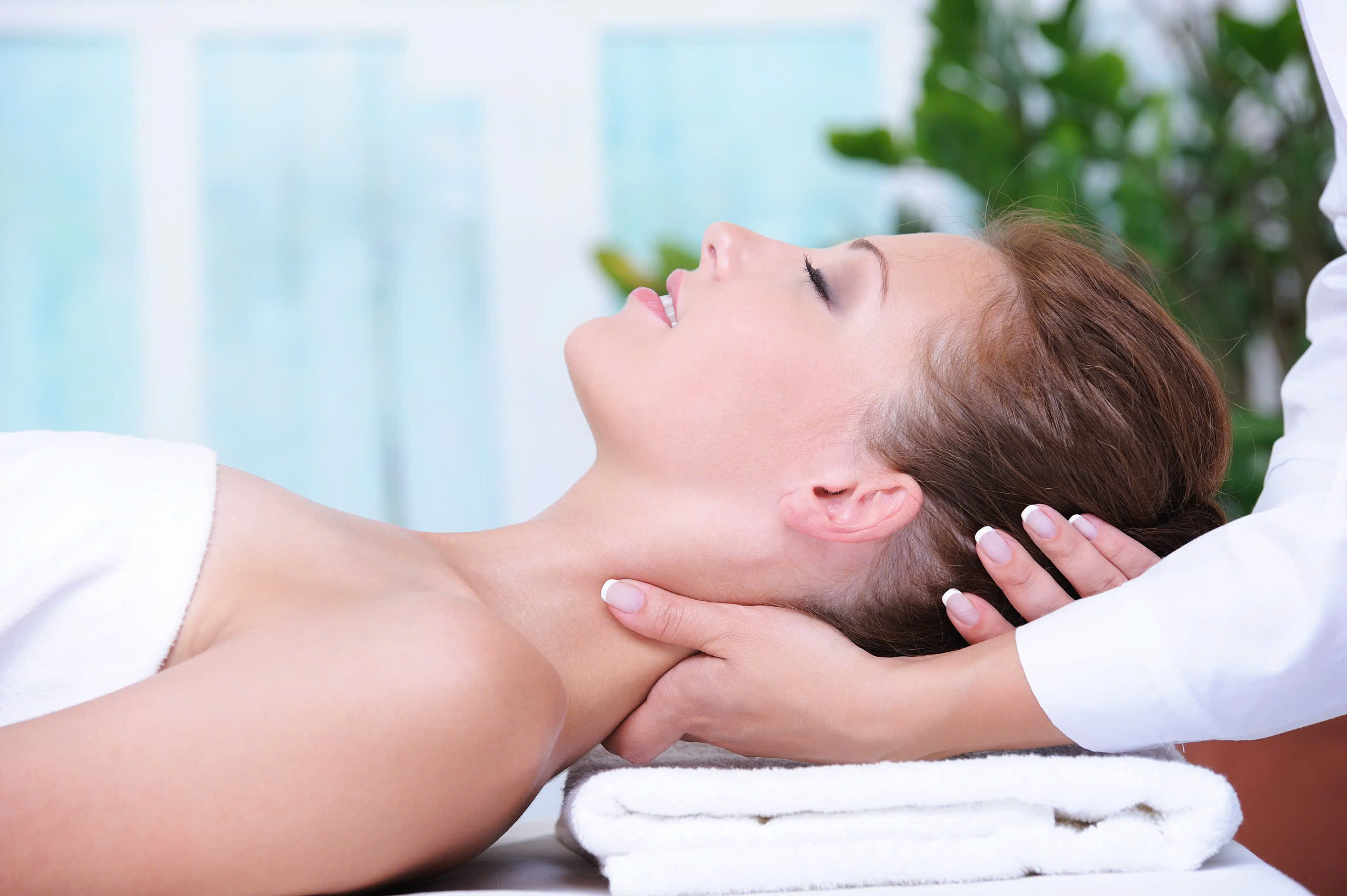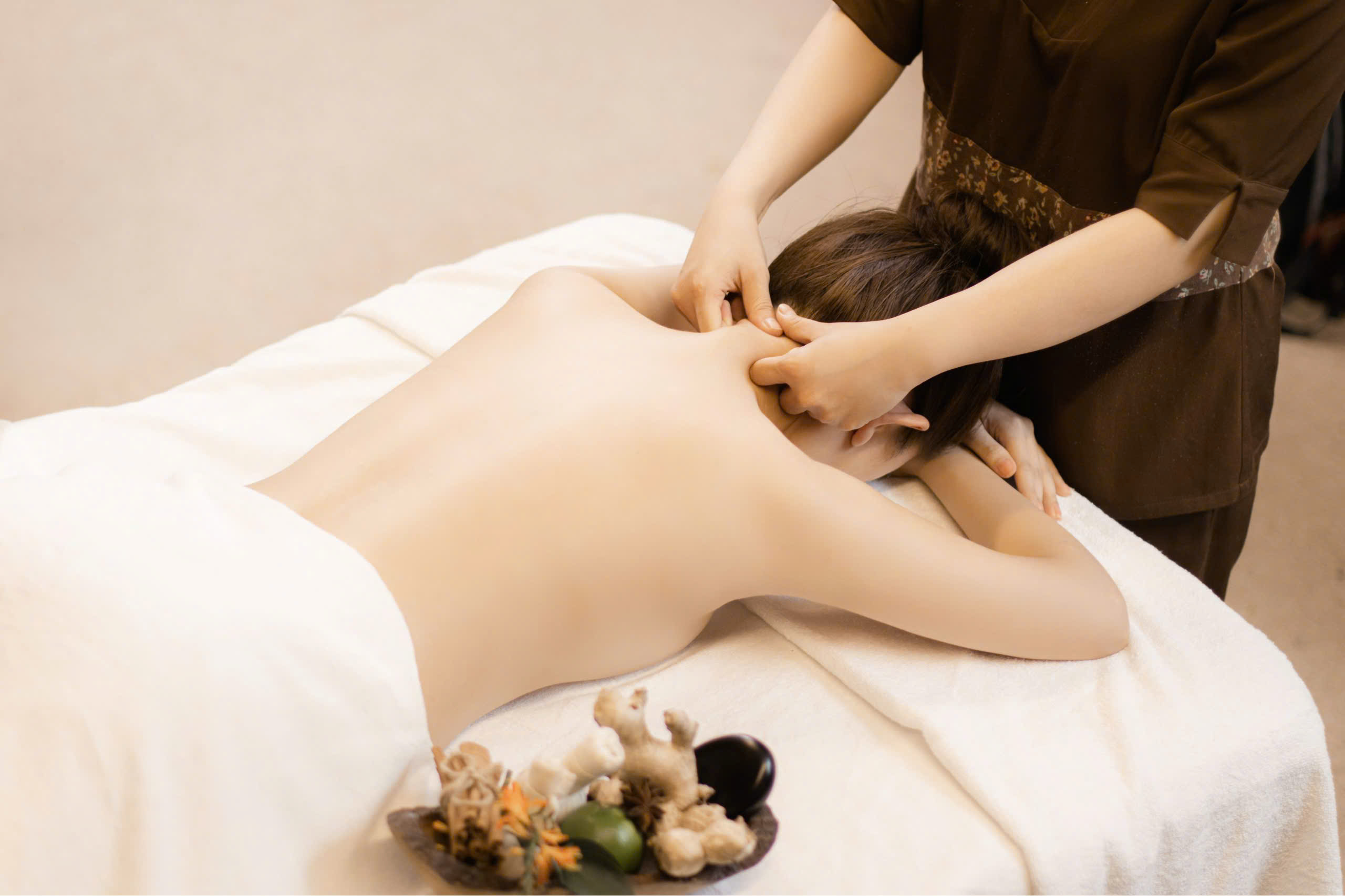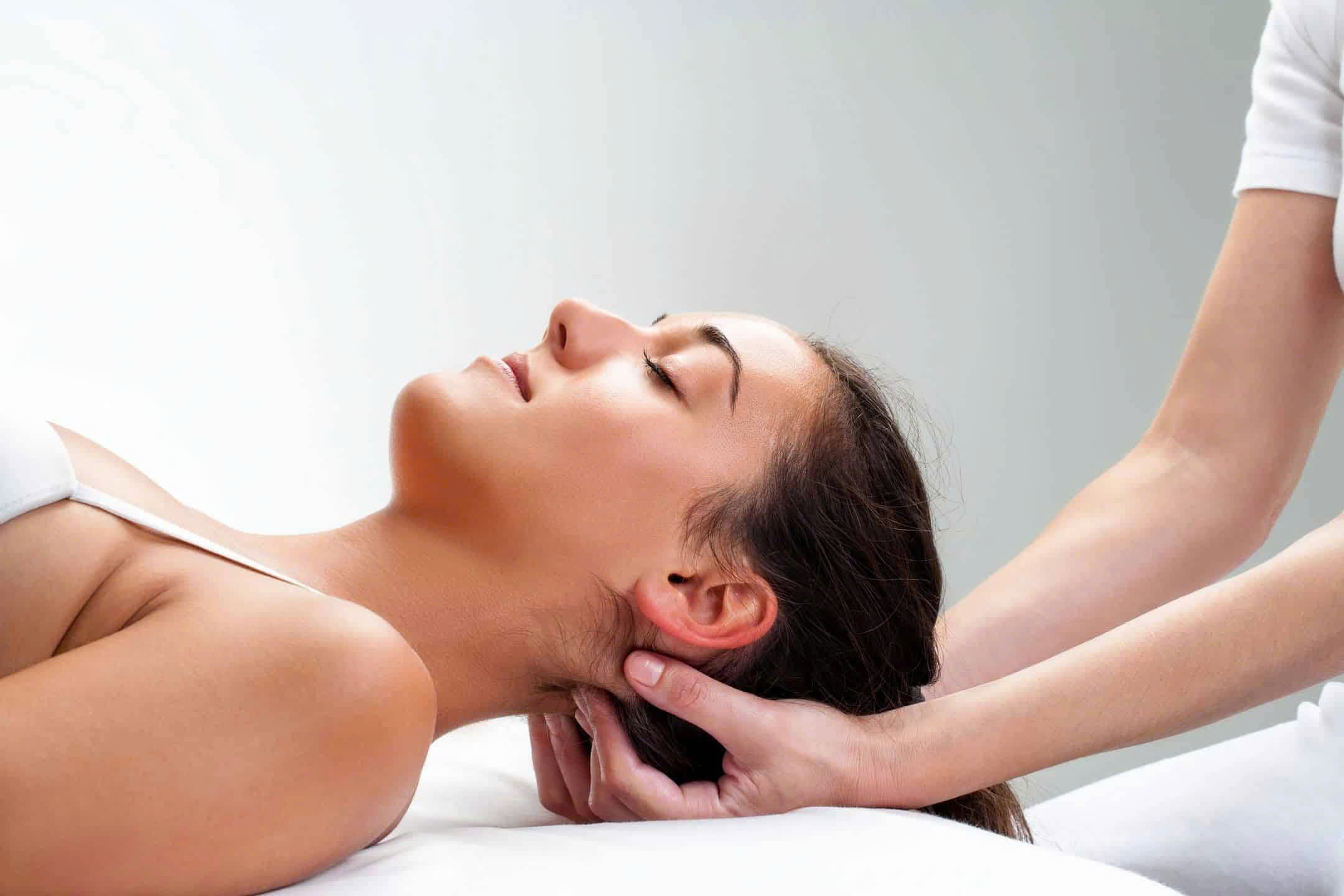Neck Massage Treatment top 10 Benefits for Pain Relief and Relaxation
A neck massage treatment is a highly effective technique used to alleviate tension, reduce pain, and promote overall relaxation within the neck and shoulder regions. It is a popular therapy not only among individuals seeking relief from chronic discomfort but also among those aiming to enhance their mental well-being through physical touch and relaxation methods. Understanding the explore benefits of neck massage treatment, how it functions, and the various techniques involved can help individuals make informed decisions about incorporating this practice into their wellness routines.
This comprehensive article explores the multifaceted advantages of neck massage treatment, highlighting its role in pain management and stress reduction. We delve into neck massage treatment for pain relief, discussing the underlying mechanisms that make it effective, and thoroughly examine how it works and neck massage treatment techniques. Additionally, important considerations—things to note when massageing the neck—are addressed to ensure safe and beneficial practices. Whether you’re a practitioner or someone interested in self-care, this guide offers in-depth insights into making the most of this therapeutic modality.
Neck massage treatment
Neck massage treatment entails targeted manual manipulation of the muscles, tendons, and soft tissues located in the neck area. The primary goal is to relieve muscle tightness, improve circulation, and reduce nerve compression that may cause discomfort or restricted movement. This practice can be performed by trained therapists or as a self-massage at home, utilizing various techniques tailored to individual needs.
The importance of neck massage treatment extends beyond mere relaxation; it plays a pivotal role in addressing specific health issues like headaches, migraines, and spinal misalignments. The neck’s complex anatomy, including vital blood vessels, nerves, and musculature, makes it a crucial zone where therapeutic intervention can yield significant health benefits. Moreover, the emotional and psychological benefits—such as reducing anxiety and promoting mental clarity—are invaluable components of comprehensive care.
In addition to traditional massage techniques, modern approaches incorporate complementary modalities such as aromatherapy, hot/cold therapy, and stretching exercises to enhance effectiveness. The adaptability of neck massage treatment allows it to be customized for conditions ranging from acute injuries to chronic stress-related tension.

Anatomy of the neck
Understanding the anatomy of the neck provides context for why massage is effective. The neck contains muscles such as the sternocleidomastoid, trapezius, levator scapulae, and scalene muscles, all of which are responsible for movements like flexion, extension, and rotation. Beneath these muscles lie vital structures including the cervical spine, carotid arteries, jugular veins, and cervical nerve roots.
Massaging these areas requires precision to avoid injury and maximize benefits. Therapeutic techniques target specific muscles to release knots and adhesions, which restrict movement and increase pain. Additionally, gentle stimulation of lymphatic pathways helps facilitate detoxification and immune function.
Common tools and equipment
While hands are the primary tools used in neck massage treatment, additional aids can augment the experience. These include massage rollers, pneumatic massagers, heated pads, and ergonomic pillows designed to support proper posture during sessions. Such tools can deepen tissue relaxation and promote better outcomes, especially when performed independently.
Furthermore, professional practitioners often incorporate essential oils, such as lavender or peppermint, to elevate relaxation and provide aromatic benefits. Proper use of these tools, combined with skilled techniques, optimizes the therapeutic effect of neck massage treatments.
Explore benefits of neck massage treatment
The explore benefits of neck massage treatment reveal a wide spectrum of physical, emotional, and physiological improvements. This therapy not only targets immediate discomfort but also contributes to long-term health and wellness by promoting muscular balance, improving circulation, and fostering mental clarity.
One of the most notable advantages is the alleviation of persistent neck pain. Chronic tension, often caused by poor posture, stress, or repetitive strain, can significantly diminish quality of life. Regular neck massages release muscle tightness, reduce inflammation, and improve flexibility, enabling individuals to move more freely and comfortably.
Beyond pain relief, neck massage treatment enhances blood flow, delivering oxygen and nutrients more efficiently to tissues. This process accelerates healing, reduces fatigue, and boosts overall vitality. The calming effects on the nervous system help decrease cortisol levels, thereby lowering stress hormones and promoting relaxation.
Psychological and emotional benefits
The mind-body connection underscores many of the benefits associated with neck massage treatment. As muscles relax, mental tension also dissipates, leading to reduced anxiety and improved mood. Many individuals report feeling calmer, more centered, and better able to manage daily stressors after a session.
Furthermore, regular massages can improve sleep quality, especially in those suffering from insomnia or disrupted sleep patterns due to discomfort or worry. The soothing nature of touch triggers the release of endorphins and serotonin, neurotransmitters responsible for feelings of happiness and well-being.
Posture correction and musculoskeletal health
Poor posture, such as forward head positioning, can perpetuate neck pain and lead to structural imbalances. Neck massage treatment can play a corrective role by relaxing overworked muscles and encouraging proper alignment. When combined with stretching and strengthening exercises, massage becomes part of a holistic approach to musculoskeletal health.
Moreover, individuals engaged in repetitive activities—like desk work, sports, or manual labor—benefit from regular neck massages to prevent the development of chronic issues. Preventative care through massage reduces the need for invasive interventions and supports sustained mobility.

Impact on headaches and migraines
Many headache sufferers find relief through specific neck massage treatment techniques. Tension headaches often originate from tight muscles in the neck and shoulders, leading to referred pain in the head. By relieving this tension, massage helps decrease headache frequency and intensity.
In cases of migraine, massage can help reduce the severity of attacks by calming the nervous system and easing muscular strain. While massage alone may not cure migraines, it serves as an effective complementary therapy to other medical approaches.
| Benefit | Explanation | Supporting Evidence |
|---|---|---|
| Pain relief | Reduces muscle tension and inflammation | Clinical studies show decreased reports of neck pain post-massage |
| Stress reduction | Releases endorphins, mitigates cortisol | Patients report improved mood and decreased anxiety |
| Improved circulation | Promotes nutrient and oxygen delivery | Enhanced blood flow aids tissue repair and healing |
| Better posture | Alleviates muscular imbalances | Reduced forward head posture and associated discomfort |
Neck massage treatment for pain relief
Neck massage treatment for pain relief is regarded as one of the most immediate and effective non-invasive therapies available. It targets the root causes of discomfort—muscle tightness, nerve compression, and poor circulation—while providing a soothing experience that diminishes stress.
Pain stemming from muscular strain can be chronic or acute, arising from factors like prolonged sitting, injury, or degenerative conditions. Massage addresses these issues by loosening contracted muscles, breaking down adhesions, and enhancing lymphatic drainage to reduce swelling.
Types of pain relieved by neck massage treatment
Different types of neck pain can respond uniquely to massage therapy. For example, tension headaches often originate from tight upper trapezius and suboccipital muscles, while nerve pinching due to herniated discs may require more targeted techniques.
Neck massage treatment can effectively diminish pain related to:
- Muscular strain and hypertonicity
- Myofascial trigger points
- Nerve compression syndromes
- Postural imbalances
Each condition demands a tailored approach, combining deep tissue work, gentle stroking, and stretching maneuvers.
Mechanisms of pain relief
Massage promotes pain relief mainly through mechanical and neurophysiological pathways. Mechanical effects include breaking down adhesions and reducing muscle tightness, which alleviates pressure on nerves and improves range of motion.
Neurophysiologic ally, massage stimulates mechanoreceptors in the skin and muscles, activating descending inhibitory pathways that modulate pain signals. Additionally, the release of endorphins and serotonin acts as natural analgesics, enhancing comfort during and after treatment.
Case studies and success stories
Numerous documented cases highlight the efficacy of neck massage treatment in resolving specific pain issues. For instance, patients with chronic whiplash injuries have experienced significant reductions in stiffness and pain duration following weekly massage sessions.
Similarly, office workers suffering from repetitive strain injuries reported decreased neck soreness and improved productivity. The positive outcomes stem from consistent application of appropriate massage techniques, underscoring the importance of skilled practitioners.

How it works and neck massage treatment techniques
Understanding how it works in neck massage treatment involves recognizing the interplay between physical manipulation and neurological responses. Techniques are designed to induce relaxation, stimulate blood flow, and facilitate the body’s innate healing processes.
A variety of neck massage treatment techniques are employed, each targeting specific layers of muscle or fascia. These include effleurage (long, gliding strokes), petrissage (kneading), friction, tapotement, and compression. Combining these techniques allows therapists to address different issues effectively.
Fundamental massage techniques
Effleurage is typically used at the beginning and end of a session to warm up tissues and promote relaxation. Petrissage focuses on kneading muscles to decompress fibrous adhesions, whereas friction targets deeper layers of tissue to break down scar tissue or trigger points.
Utilizing compression and tapotement invigorates circulation and stimulates nerve endings, enhancing overall therapeutic impact. The sequence and pressure applied depend on individual assessments, with adjustments made based on patient feedback.
How these techniques affect the body
Mechanical stimulation from massage triggers several biological responses: increased blood flow delivers oxygen and nutrients, while lymphatic drainage clears metabolic waste. This process reduces inflammation and facilitates tissue repair.
Neural effects include modulation of pain pathways and activation of parasympathetic nervous system responses—leading to calmness and decreased sympathetic activity. This dual action helps alleviate both physical and emotional tension.
Integrating stretching and posture correction
Modern neck massage treatment often combines manual therapy with stretching exercises to restore flexibility and correct alignment. Gentle passive stretches elongate shortened muscles, while guided postural corrections reinforce healthy habits.
Practitioners may also advise clients on ergonomic modifications at workstations or during daily activities, preventing future strain and sustaining gains achieved through massage.
Precautions and best practices
Proper technique, appropriate pressure, and thorough knowledge of anatomy are critical. Overly aggressive massage can cause discomfort or injury, especially in fragile or inflamed tissues. Always communicate with clients to tailor approaches safely.
Things to note when massaging the neck
Performing a safe and effective neck massage treatment involves understanding key precautions and best practices. The neck’s delicate structure necessitates careful attention to anatomy, individual health conditions, and contraindications.
Key anatomical considerations
Knowledge of cervical vertebrae, major blood vessels, and nerve pathways ensures that techniques do not inadvertently cause harm. Avoid direct pressure on carotid arteries, spinal processes, or inflamed areas.
Proper hand placement and controlled movements minimize risk, especially when working with sensitive populations such as pregnant women, elderly clients, or those with pre-existing conditions.

Contraindications and precautions
Certain conditions contraindicate neck massage or require modifications. These include active infections, recent surgery, osteoporosis, fractures, or severe vascular diseases. Clients with hypertension or clotting disorders should seek medical advice prior to treatment.
In case of acute injury, inflammation, or suspected ligament tears, massage should be postponed until cleared by healthcare professionals. Always conduct thorough assessments before proceeding.
Techniques to ensure safety
Using gentle, slow strokes initially helps assess tissue response. Maintaining communication throughout the session enables adjustments in pressure and technique. Applying heat or warming gels can enhance comfort and tissue pliability.
Post-massage advice, such as drinking plenty of water and avoiding strenuous activity immediately afterward, supports optimal recovery and results.
Practical tips for practitioners and self-massage enthusiasts
For practitioners, continuous education on anatomy and pathology is vital. Incorporating client feedback and respecting individual limits fosters trust and safety.
For self-massage, using tools like trigger point balls or massage pillows can aid in accessing difficult areas. Gentle, consistent pressure—avoiding excessive force—is key to avoiding injury. HTTPs://jobedubaispa.com/hot-stone-massage-treatment/
Conclusion
Neck massage treatment offers a holistic approach to alleviating pain, reducing stress, and enhancing overall well-being. By exploring the benefits of neck massage treatment, understanding its techniques, and recognizing things to note when massaging the neck, individuals can harness this therapy’s full potential safely and effectively. Whether as a remedy for chronic discomfort or a means to promote relaxation, neck massage remains a vital component of integrative health strategies, supported by scientific principles and personalized care. Embracing proper techniques and awareness ensures that this age-old practice continues to serve as a powerful tool for healing and rejuvenation.https://maps.app.goo.gl/2gfYPJNYythhZesU6?g_st=com.google.maps.preview.copy
